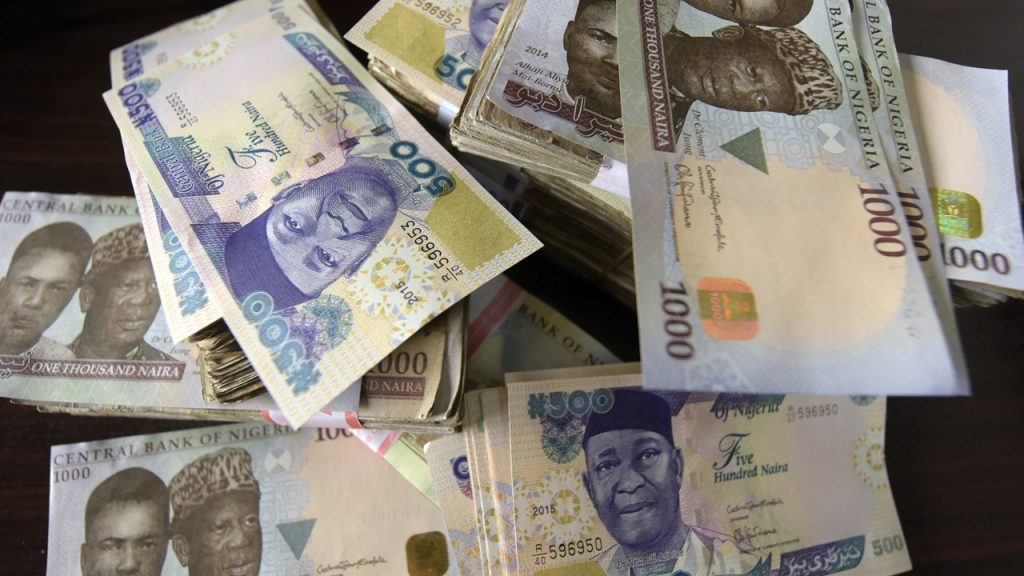In what appears to be a rare moment of convergence in Nigeria’s foreign exchange landscape, the naira on Friday traded at ₦1,535 to the United States dollar in the parallel market, just ₦1 shy of the ₦1,536/$1 recorded at the official Nigerian Autonomous Foreign Exchange Market (NAFEM). The marginal difference has sparked renewed discussions among currency analysts and financial observers about the potential impact of ongoing monetary policies.
According to updates from currency dealers in Lagos, Abuja, and other key commercial centres, the naira maintained relative stability in the black market, hovering closely around the official rate — a development that is uncommon in recent months where disparities between both markets had often exceeded ₦100. This near-alignment has been linked to a combination of factors including improved dollar liquidity from the Central Bank of Nigeria (CBN), reduced speculative demand, and increased surveillance on informal forex traders.
Financial experts attribute the development to recent interventions by the CBN aimed at harmonising Nigeria’s multiple exchange rate windows. The apex bank had in recent weeks intensified efforts to clear forex backlogs, tighten monetary policy, and enforce compliance among Bureau de Change operators. These measures, according to market watchers, have begun yielding results, evidenced by the narrowing gap between the official and unofficial market rates.
While the temporary alignment may not yet reflect a full-scale recovery of the naira, it signals growing confidence in the CBN’s ongoing currency reforms. However, some economists caution that unless structural issues such as low export earnings, dwindling foreign reserves, and excessive import dependence are addressed, the naira’s newfound stability may not be sustainable in the long run.
Nonetheless, for businesses, travellers, and investors who have long relied on the parallel market due to limited access to official forex, the narrowing margin is a welcome development. It not only reduces arbitrage opportunities but also strengthens transparency in currency pricing — a key goal of Nigeria’s evolving foreign exchange framework.
As of the time of filing this report, both the CBN and official NAFEM platforms are yet to release a formal statement addressing the close parity, but stakeholders across the financial sector are closely monitoring how the trend develops in the coming days.
